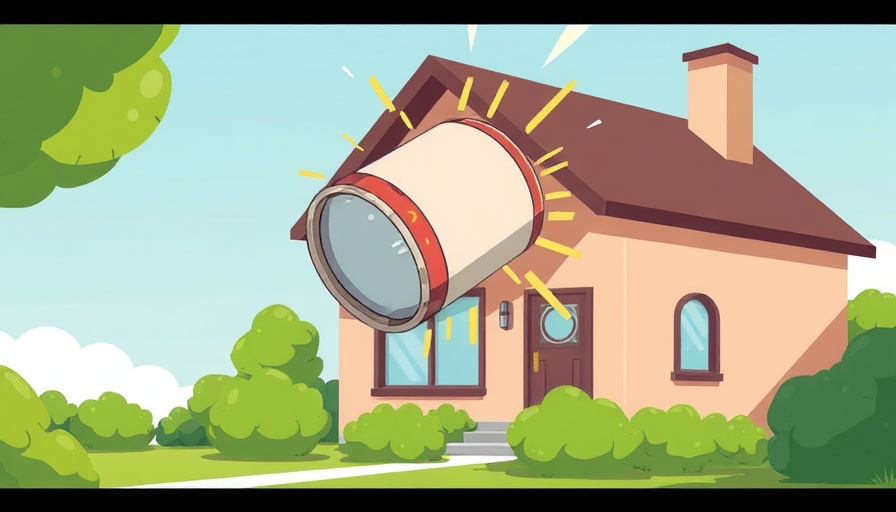
Understanding the Space Debris Risk
The advent of the Space Age has transformed our relationship with the cosmos, but it also brings unintended complications, such as space debris. Since the launch of Sputnik in 1957, thousands of satellites have been sent into orbit, and some inevitably return to Earth. While most burn up upon re-entry, the reality that large pieces can survive and land on our roofs or yards is disconcerting. For homeowners, the thought of property damage caused by a falling metal ring or satellite fragment is concerning, but the odds are low. Reports indicate that the vast expanse of the Earth’s surface ensures that most debris will not impact populated areas.
Homeowner's Insurance and Space Debris
When it comes to homeowner's insurance, coverage for damage caused by space debris is typically included under "falling objects" in most policies. Experts Melanie Musson and Erika Tortorici explain that if your property is damaged by space debris, you may have recourse to file a claim. Nevertheless, this is only possible if the debris can be identified and linked to its human origin. Understanding your policy details is essential—while it may seem improbable, inquiries about such coverage have become necessary as satellite technology evolves and launches increase.
Recent Incidents: The Evidence
Recent occurrences illustrate the potential for space debris to cause damage. In 2022, a part of a SpaceX cargo craft crashed onto an Australian farm, causing widespread concern and curiosity. More dramatically, a piece of debris fell through a roof in Naples, Florida, startling homeowners and raising questions about safety. These cases serve as reminders of the increasingly crowded orbital environment and highlight the importance of awareness about the status of space objects.
Recognizing Space Debris
How can one differentiate a meteorite from space debris? Meticulous analysis is involved, as NASA's identification processes illustrate. Unlike meteorites that are naturally formed, space debris is distinctly man-made. For instance, a piece that fell in Florida was traced back to a battery pack due to its specific alloy composition that is common in aerospace materials.
Why Coverage Matters
Understanding your insurance coverage for space debris is not just about protecting your home; it is about peace of mind. The growing incidents of space material impacting the planet can lead to a feeling of vulnerability. Knowing that you have coverage is reassuring, and it encourages homeowners to feel secure, even in unpredictable times. Moreover, as space exploration continues and more companies enter the arena, the potential for debris incidents could rise, making it increasingly vital for homeowners to be informed.
Taking Proactive Steps
Enhancing personal safety starts with proactive knowledge. Homeowners are encouraged to review their insurance policies and inquire specifically about debris damage coverage. This small step can make a considerable difference, should an incident occur. Additionally, staying informed about news in space exploration and debris monitoring efforts can foster greater awareness of how these dynamics impact your home.



Write A Comment